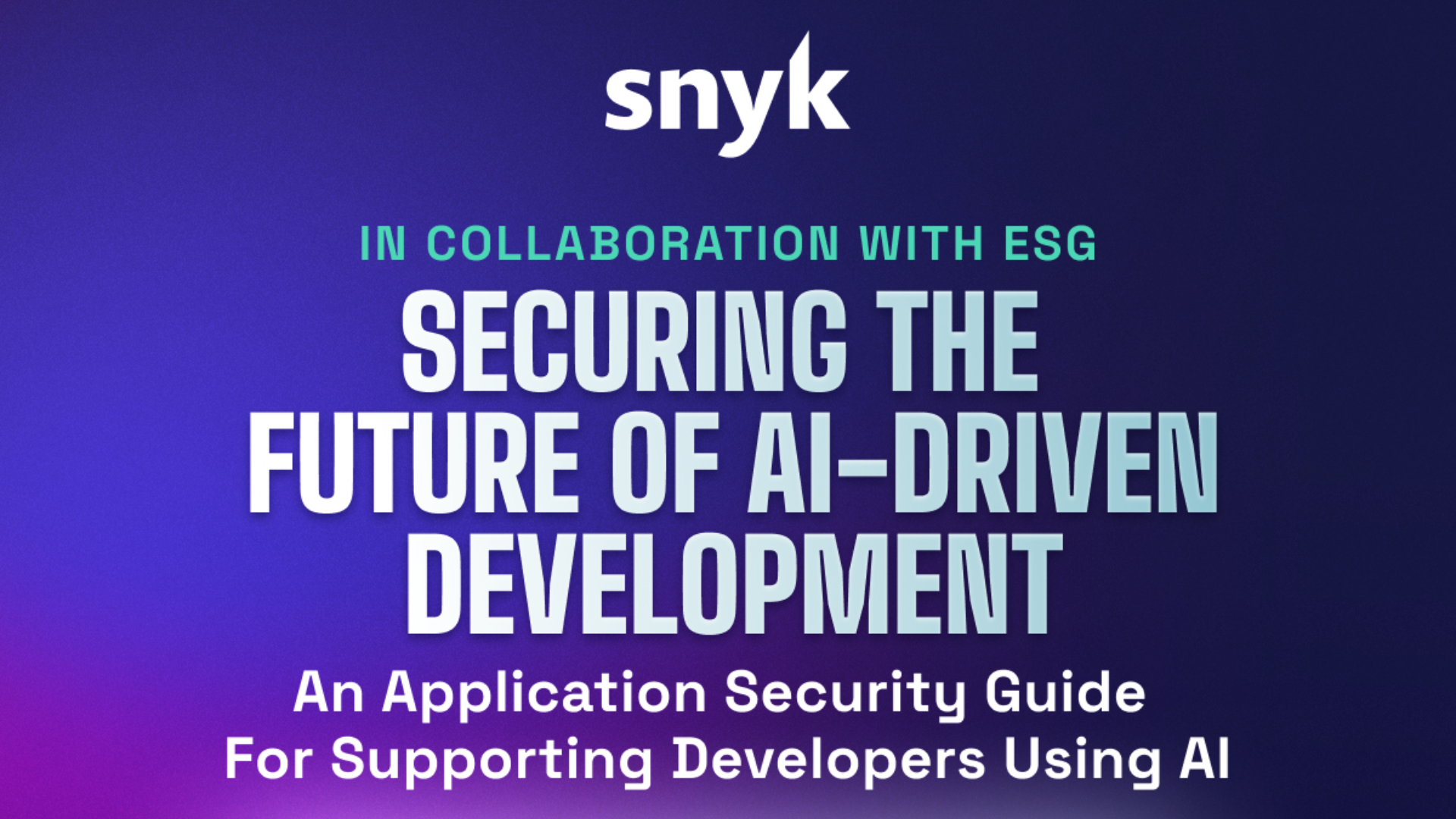Practical AI: real world stories of the sectors AI is changing
From farms to fashion, AI is delivering measurable results – with a firm focus on organizational goals key to success


Despite continued doubts over AI hype, it’s clear that real-world deployments are demonstrating that AI can deliver measurable value across different sectors. Cutting costs, boosting productivity, and enabling smarter decisions are all potential benefits of AI, both generative and otherwise.
Yet the most successful implementations share something in common: they start with a clear business challenge, not a fascination with technology for its own sake.
From farming to fashion retail, AI is reshaping how organizations solve problems, revealing a powerful truth – when applied with purpose and precision, AI is not just transformative; it’s practical.
When AI meets agriculture: smarter fields, stronger yields
Few sectors face as many variables as farming. Weather, soil conditions, and crop behavior shift constantly, creating a complex environment where every decision has an impact. For Bosch UK, this made agriculture the perfect proving ground for AI.
In a pioneering initiative, Bosch joined forces with BASF Digital Farming, Chafer Machinery, and Rothamsted Research to tackle one of the UK’s most destructive agricultural challenges. Namely, the companies are seeking to reduce the impact of black-grass, a resilient weed responsible for around £400 million in lost wheat yields each year.
Bharath Jayakumar, innovation lead at Bosch UK, tells ITPro that the team’s starting point was deceptively simple: “We wanted to work out how we could increase the reliability of identifying black-grass. With different fields, crops, and weather across the UK, it’s a challenge to accurately identify what’s what in a field.”
Bosch leveraged its deep expertise in software, sensors, and AI-based pattern recognition, repurposing technology originally designed for quality control in its factories. Smart spraying cameras, mounted on Chafer sprayers, captured high-resolution images of weed growth. These images were then analyzed using BASF’s xarvio Digital Farming Solutions platform, producing precise weed maps that allowed farmers to spray only where necessary.
Sign up today and you will receive a free copy of our Future Focus 2025 report - the leading guidance on AI, cybersecurity and other IT challenges as per 700+ senior executives
The environmental and economic benefits were immediate. Reduced herbicide usage meant lower costs and less chemical runoff, protecting biodiversity and soil health. “By using fewer chemicals, you’re putting less potentially harmful material into the environment,” Jayakumar explains. “That’s obviously a positive.”
Yet, the true innovation lay in collaboration. Bosch’s engineering expertise combined with Rothamsted’s agronomic knowledge and BASF’s chemical insight created a synergy that no single organization could have achieved alone. Rothamsted even cultivated black-grass under controlled conditions, allowing Bosch to train its AI algorithms with real-world data. “Together we could find the optimum number of cameras, how to mount them, and the most suitable height,” Jayakumar says.
Building farmers’ trust in AI has been another vital part of the process. Bosch worked directly with a farmer throughout the pilot phase, showing exactly how the technology worked and proving its reliability. “Whoever we’re working with needs to trust the technology,” Jayakumar emphasised. “Especially because, for farmers, purchasing this tech can come at a significant cost.”
The result is a solution that not only saves time and money but also paves the way for a more sustainable future, in which AI precision meets environmental stewardship.
Retail’s data revolution: how AI is redefining customer understanding
While agriculture might seem worlds away from fashion, New Look, one of the UK’s leading high-street retailers, faced a challenge that was equally rooted in complexity – fragmented customer data.
Over time, millions of customer records had become disjointed across different systems, making it nearly impossible to understand who its most valuable shoppers really were. “The pilot program uncovered that 3.4 million customer profiles had been fragmented across multiple records and that 31% of New Look's top customers were using multiple email addresses,” explains Matthew Biboud-Lubeck, general manager EMEA at Amperity, the AI-powered customer data platform behind the project.
Traditional CRM systems often struggle with such problems, relying on complex data transfers and manual cleansing. Amperity’s approach was different. “We believe a customer data platform should manage the entire end-to-end transformation of raw data into unified and enriched profiles,” Biboud-Lubeck tells ITPro.
By using AI-powered identity resolution, New Look was able to unify customer records across online and in-store systems, creating a single, accurate view of each customer without duplicating sensitive data. This “zero-copy” approach, integrated with Databricks’ Data Intelligence Platform, allowed over 7.5 billion records to be processed in minutes, all within a 90-day implementation window.
The payoff was dramatic. Enhanced audience targeting led to £1 million ($1.32 million) in media savings and a 50% improvement in return on ad spend (ROAS). More importantly, New Look could finally deliver truly personalized experiences across channels.
As Daniel Chasle, chief data officer at New Look stated: “This partnership represents a fundamental shift in how we approach customer data. We're now able to understand that 71% of our top customers shop across multiple channels, which is a key behaviour on the journey to becoming a high-value customer.”
New Look now has the power to meaningfully turn its fragmented data into actionable insights and strengthen customer loyalty in the process.
Generative AI meets marketing: automation with authenticity
The next wave of AI’s business impact is already here – and as one might expect, it's being driven by generative AI. For brands struggling with the endless task of managing product data, AI-driven automation is proving to be a game-changer.
Data marketing consultancy fifty-five recently worked with outdoor sports retailer Salomon to optimize its product feed data – the information that determines what appears in search results and paid ads. According to Nick Yang, head of MarTech at fifty-five UK, traditional methods were no longer viable. “Updates have historically been managed manually, which can be highly time-consuming for brands with a high number of product SKUs,” he explains.
Fifty-five designed generative AI prompt system to automatically refine product titles and descriptions according to platform-specific best practices. The results were striking, with fifty-five tracking a:
- A 43% increase in click-through rates
- A 83% uplift in revenue for AI-enhanced products
- And a 2.4x return on ad spend
Yang tells ITPro that generative AI's ability to learn from both best-practice guidelines and historical performance data is what makes the approach so effective. “It becomes more of an art than a science,” he says. “Ensuring your large language model (LLM) can tailor outputs to different platform priorities is vital.”
Crucially, this innovation didn’t just improve efficiency but also helped preserve brand integrity. As Yang emphasised, “authenticity doesn’t have to be compromised in the name of efficiency. A well-designed and iterated prompt should include parameters for relevant brand elements such as tone of voice and style.”
For Salomon, generative AI has made it possible to continuously improve marketing performance while maintaining a consistent and human brand identity. This kind of harmony between automation and creativity is what some see as the future of digital retail.
From proof of concept to profit: how to make AI investments pay off
Despite the diversity of these examples, from smart agriculture to retail personalization, they all reveal a common formula for realizing the AI payoff.
First, success begins with data clarity. Whether it’s identifying weeds or unifying customer profiles, AI models are only as strong as the data they’re trained and that they draw upon. Second, cross-functional collaboration is vital. Each case study highlights the need for technologists, domain experts, and data scientists to work together, ensuring that AI serves real business goals rather than theoretical possibilities.
Finally, companies must build trust, both with internal stakeholders and customers. As Jayakumar noted, showing transparency and reliability is key to adoption. And for consumer-facing organizations like New Look, maintaining ethical standards around data use is equally essential.
What these initiatives prove is that AI’s return on investment isn’t measured solely in financial terms. It’s also reflected in efficiency, sustainability, and customer connection. As Biboud-Lubeck explained, “retailers know that data is their greatest asset; now is the time to get it ready for what’s to come.”
The next phase of AI evolution will be about scale, moving from isolated pilots to organization-wide integration. As Bosch’s work shows, the transition from experimentation to adoption demands patience and partnership. And as Salomon’s experience illustrates, AI’s biggest impact often comes from improving what businesses already do best – just faster, smarter, and more consistently.
In this way, the AI payoff is not a distant promise; it’s happening now. With AI investment nailed on, leaders are faced with the task of how to apply it purposefully and profitably.
As businesses gain confidence in AI’s real-world impact, attention is turning to a new frontier: AI copilots. These systems don’t just automate processes; they collaborate, learn, and empower employees. In part two of this series, we wil explore how organizations are harnessing copilots to elevate productivity and creativity across every sector.
David Howell is a freelance writer, journalist, broadcaster and content creator helping enterprises communicate.
Focussing on business and technology, he has a particular interest in how enterprises are using technology to connect with their customers using AI, VR and mobile innovation.
His work over the past 30 years has appeared in the national press and a diverse range of business and technology publications. You can follow David on LinkedIn.


